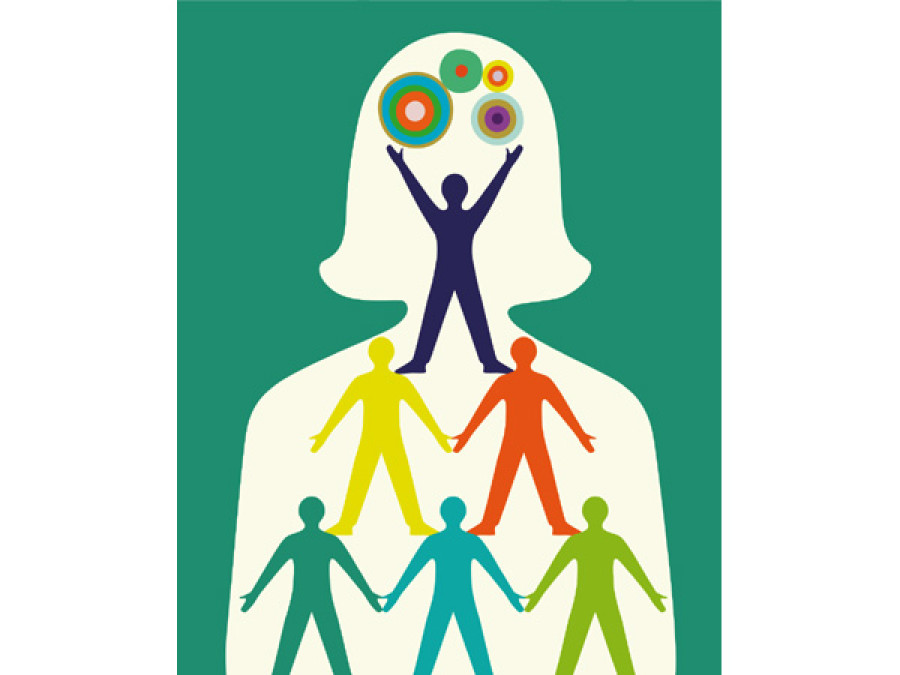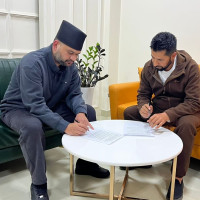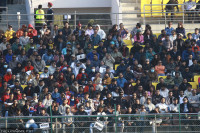Opinion
American ideas
Nepal could learn from the collaborative partnership and support among local and national actors in the US
Ram Kumar Bhandari
During my recent visit to the US, I met different community groups, clubs, scouts, government agencies, think tanks, professors, journalists, writers, schools, families, and volunteers. Overall, I had a wonderful learning experience.
In South Asia, opinions about the US and US foreign policy are diverse and often negative. In many parts of the world, the US has an interventionist reputation, and is known more as a problem creator and an imperialist force than a problem solver or collaborative partner. After participating in various interactive sessions during our travels from Washington DC to New York, and Minnesota to Kansas City and California, I realised that the US is a complex melting pot suffering both at home and abroad. Despite being a democracy, discrimination against its Hispanic, African-American, Asian and Islamic communities exists in the US. Furthermore, the current election campaign between Democrats and Republicans is polarised by discussions of socialist versus capitalist modes of political economy along with the stoking of fears about immigration and Islamic extremism.
Bottom up solution
The top-down intervention has failed in many contexts where the top-level actors design and make solutions for the poor or victims. Every process must be supported by local leadership and, in turn, find a bottom-up solution based on context and the needs of the people impacted. Nepali conflict victims have been isolated from the policy process of transition, as top-level actors continue to ignore their priorities and needs. Instead, their demands for truth and justice have been heavily manipulated and instrumentalised, tactics which are common in other South Asian countries where people suffer and justice remains elusive.
On the contrary, in the US, state-level support, community practices and their linkages have been both powerful and effective in resolving conflicts. Schools, clubs, scouts and churches often work collectively to find a solution and support people. Various groups have been contributing at the community level through sports, volunteerism, exchange, creative arts, music and theatre. US missions in the respective countries should learn from local approaches, and they can reflect their best home practices to contribute to conflict transformation wherever they are involved in such humanitarian affairs.
In the developing countries, the donors generally intervene at the planning and implementation level. Unfortunately, such interventions often fail, such as the Nepal Peace Trust Fund and their local peace support projects like the local peace committees. However in the US, local initiatives are independent, often beginning at the individual level and expanding to groups, a model that offers numerous lessons. Schools, clubs, scouts and community volunteer groups often play active community roles utilising a participatory approach, raising funds locally.
Reducing violence
Ramsey Middle School of Minneapolis and its approach to conflict resolution, and Shawnee Mission North High School of Kansas City are excellent examples of how schools work with youth, their parents and communities, empowering each learner to explore possibilities, act with integrity and create positive change within the community. The Youth Volunteer Corps, Boy Scouts of America and Boys and Girls Clubs have shown their commitment to transforming local problems based on individual and community needs to reduce community challenges and youth violence.
The Centre for Neighbourhood Enterprise of Washington DC has contributed to addressing youth violence through their Violence Free Zone initiative. It has successfully reduced violence in some of the most gang-violence ridden schools and communities around the country. It has been not only transforming violent youths through training, technical assistance and advice, but also building peace and harmony at the neighbourhood level.
Likewise, the gang prevention and rehabilitation programme of Homeboy Industries in Los Angeles is a very powerful motivation for violence-involved youth. It provides shelter and training through an economic development programme. It gives jobs to former gang members and helps to keep the local youth away from crime, drugs and violence. Homeboy Industries runs Homeboy Bakery, Homeboy Silkscreen, Homeboy Merchandising and Homeboy Graffiti Removal. Many former gang members work together to bake bread, print designs on a variety of apparel, sell their line of gear featuring the Homeboy logo and provide graffiti removal services throughout the community.
Community policing through the local police department has several community engagement and youth training programmes to gain individual-community trust and play a role in empowering local youths and community integrity. However, the police must work closely with the communities in a just way. There is also great distrust of the police in the US along racial lines, which can be seen in the Black Lives Matter movement that’s going on right now.
Learn from America
By contrast, in Nepal there is a gap not only in collaborative partnership and outreach policy but also in coordination and support among local and national actors. Personal egos and the efforts to retain the status quo play a destructive role at the individual and institutional level.
Community trust in the police and other state actors has a great role in strengthening community harmony. If there is no trust between the citizens of Nepal and institutions such as the police, how can we move forward as a nation? Recently in the Kailali riots where indigenous Tharus fought back against police brutality and killed eight police officers due to lack of community engagement of the police and mutual trust.
Likewise, thousands of ex-combatants have been involved in crime and are in jail. They have no jobs, no technical support or rehabilitation programmes, and no community or moral support to fight the economic and social stigma they face everyday. If they get a job, they may not end up in jail, and when they have life-skill training to serve their community, they may not commit crimes. It’s the state’s responsibility to develop a participatory support mechanism for conflict-involved youths at risk.
There are many things that we can learn from each other. American youths must learn from the outside world, and Americans must look back at their own backyard where they have serious problems among youths. When the US can solve its internal challenges, it can support other nations and contribute to global peace and democracy.
America’s collective effort to combat violence through its responsible community participation may lead to community harmony and sustained peace. The main challenges are maintaining common values, common responsibility, fundamental promise of freedom and respect for humanity that keeps America united.
Bhandari is General Secretary of the Conflict Victims Common Platform




 11.12°C Kathmandu
11.12°C Kathmandu









%20(1).jpg&w=300&height=200)

